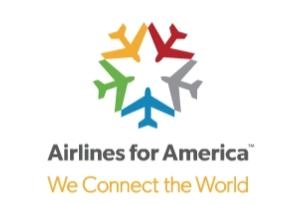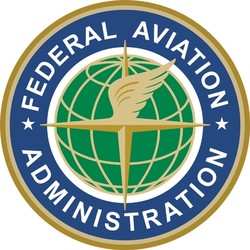Fri, Apr 01, 2016
New Airline Plan Will Reduce Congestion In The Cabin While Increasing Profits
ANN April 1 Special Edition
ANN previously reported on an airline plan to install pay toilets in their aircraft. This plan has not been put into action, but now the SlideLock Company, located in Gotebo, OK says their key card technology used on hotel doors can be applied to airliner seatbelts. They are proposing that once a seatbelt is latched, the only way a passenger can unlock it is through the use of a pre-purchased key card.

SlideLock says their concept is not as offensive as actually charging to use the toilet as the charge takes place prior to the passenger leaving their seat. Their proposal has been submitted to Airlines for America (A4A), which is an industry group that represents numerous airlines. A4A says they see merit in this concept, and have formed a study group of airlines to further investigate the possibilities of charging passengers to unlock their seatbelts.
Even the FAA has taken note of this new proposal. It appears they see it as a safety feature by keeping passengers belted into their seats. The FAA says, “We have been looking for a way to reduce injuries caused by people not wearing their seatbelts and being thrown about the cabin when encountering severe turbulence. If the pricing is right, this will encourage people to remain seated with their seatbelt fastened.”
Inside sources say that a system of fees is being looked at that would give the passengers the choice of selecting unlocking packages varying from one time only to several times. The fee for the services could be discounted if purchased ahead of time through the Internet, and it could be increased if passengers purchase the key card while in flight.
SlideLock is developing a system that allows the cards to be keyed for individual passengers much like hotel door key cards. The passengers would simply swipe the card through a coder at the check-in gate and it would program the card for the level of service the passenger had purchased for that particular flight only. An encoding device would also be carried on the aircraft.

While the FAA seems to be on board for this concept, they have also demanded that a release system be installed in the cockpit for the purpose of an emergency evacuation. While some airlines have indicated this should also be considered a, “fee for service,” it is doubtful the FAA will agree. However, it’s reported the TSA is also looking at this technology closely as it could relate to aircraft security. They have indicated they are looking into the possibility of an added key card security tax.
More News
“While legendary World War II aircraft such as the Corsair and P-51 Mustang still were widely flown at the start of the Korean War in 1950, a new age of jets rapidly came to >[...]
Decision Altitude (DA) A specified altitude (mean sea level (MSL)) on an instrument approach procedure (ILS, GLS, vertically guided RNAV) at which the pilot must decide whether to >[...]
Aero Linx: National Aviation Safety Foundation (NASF) The National Aviation Safety Foundation is a support group whose objective is to enhance aviation safety through educational p>[...]
Also: Cal Poly Aviation Club, $$un Country, Arkansas Aviation Academy, Teamsters Local 2118 In response to two recent general aviation accidents that made national headlines, more >[...]
“The FAA is tasked with ensuring our skies are safe, and they do a great job at it, but there is something about the system that is holding up the medical process. Obviously,>[...]
 Aero-News: Quote of the Day (04.28.25)
Aero-News: Quote of the Day (04.28.25) ANN's Daily Aero-Term (04.28.25): Decision Altitude (DA)
ANN's Daily Aero-Term (04.28.25): Decision Altitude (DA) ANN's Daily Aero-Linx (04.28.25)
ANN's Daily Aero-Linx (04.28.25) Airborne-Flight Training 04.24.25: GA Refocused, Seminole/Epic, WestJet v TFWP
Airborne-Flight Training 04.24.25: GA Refocused, Seminole/Epic, WestJet v TFWP Aero-News: Quote of the Day (04.29.25)
Aero-News: Quote of the Day (04.29.25)




